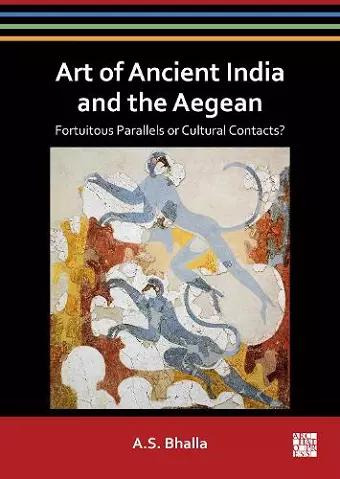Art of Ancient India and the Aegean
Fortuitous Parallels or Cultural Contacts?
Format:Paperback
Publisher:Archaeopress
Published:4th Jul '24
Currently unavailable, and unfortunately no date known when it will be back

This non-fiction paperback, "Art of Ancient India and the Aegean" from AS Bhalla, was published 4th July 2024 by Archaeopress.
ISBN: 9781803277615
Dimensions: unknown
Weight: 231g
166 pages